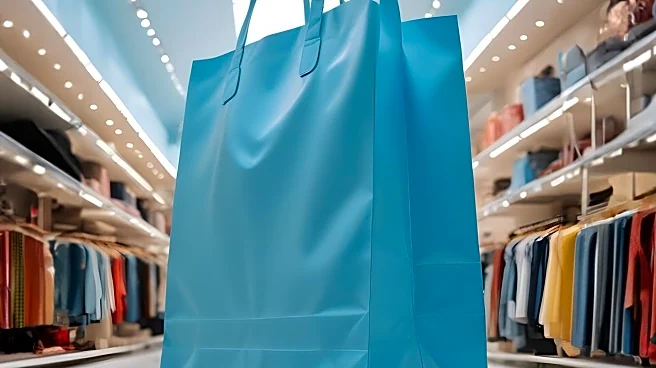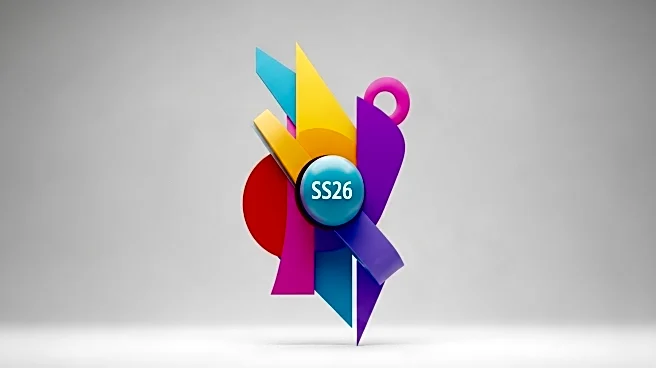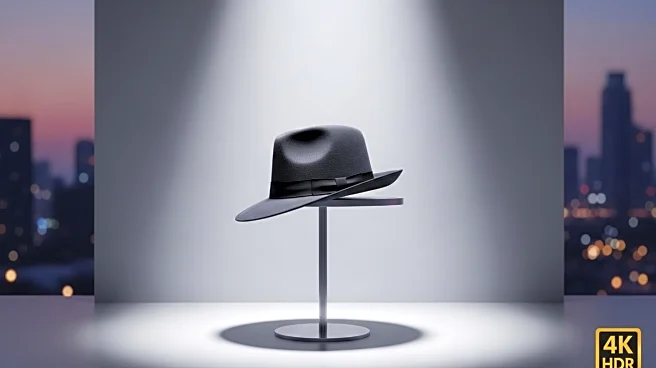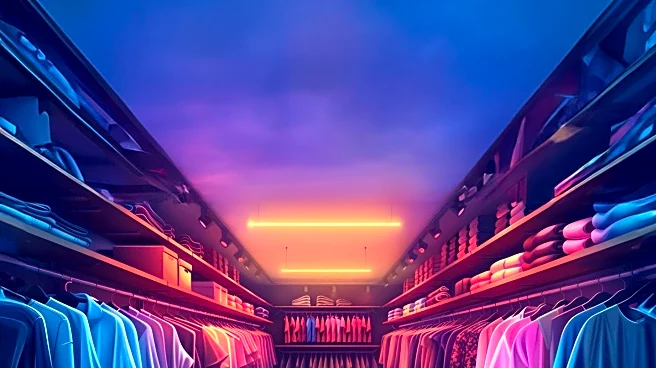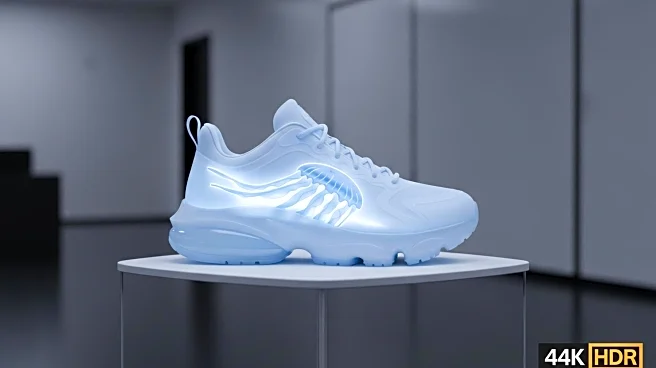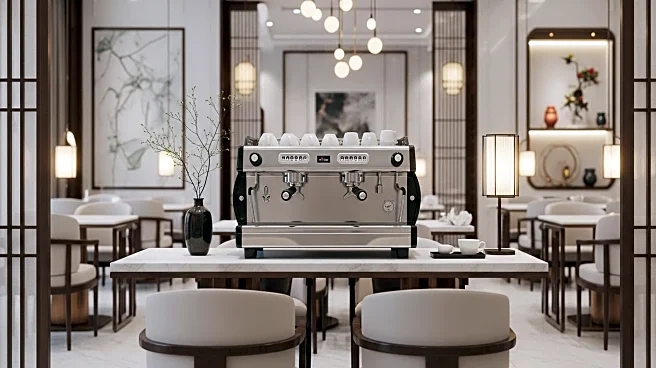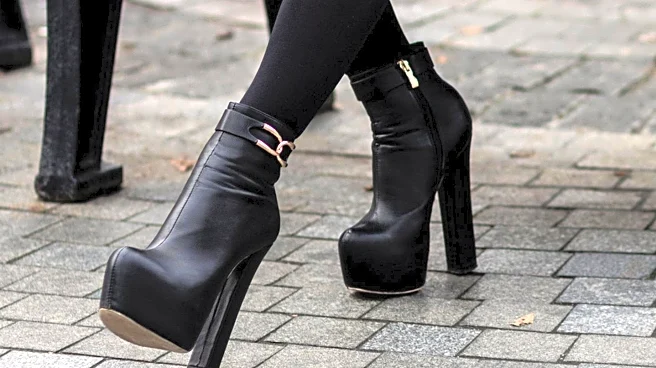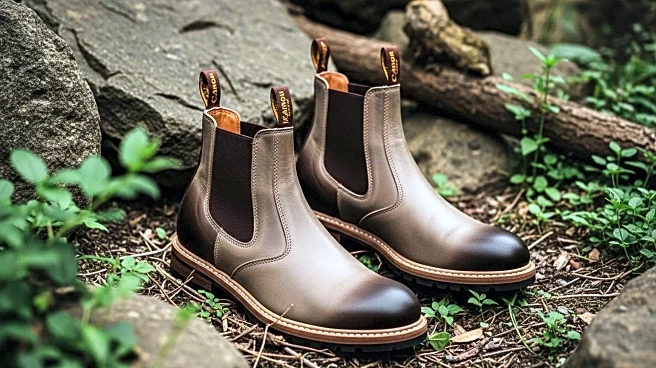What is the story about?
What's Happening?
A Canadian woman, known on YouTube as @Msfili, discovered a designer Coach handbag at a thrift store in Winnipeg, Manitoba, for just $17.29, using a coupon to reduce the price further to approximately $15. The bag, in pristine condition, is estimated to have a retail value between $150 and $200. This find underscores the increasing popularity of thrift shopping and secondhand fashion, as evidenced by a report from Research and Markets indicating a 4.5% compound annual growth rate in thrift store revenue over the past five years, reaching $14.2 billion. The luxury handbag market also remains strong, with Grand View Research projecting growth from $56.48 billion to $81.79 billion by 2030, driven by fashion awareness and rising disposable incomes.
Why It's Important?
The growing interest in thrift shopping reflects broader economic and cultural trends, including increased consumer awareness of sustainable fashion and budget-conscious purchasing. As disposable incomes rise, consumers are more willing to invest in premium products, yet the appeal of finding high-quality items at lower prices remains strong. This shift could impact traditional retail models, encouraging more businesses to explore secondhand markets. The robust growth in the luxury handbag sector, particularly in North America, suggests that while consumers are mindful of spending, they continue to value branded, high-quality goods, potentially influencing future retail strategies and marketing approaches.
What's Next?
The continued expansion of the secondhand market may prompt traditional retailers to integrate thrift and resale options into their business models, potentially leading to collaborations with thrift stores or the development of in-house resale platforms. As consumer interest in sustainable and affordable fashion grows, businesses might also focus on enhancing the quality and appeal of their products to compete with the allure of thrift finds. Additionally, the luxury handbag market's growth could lead to increased investment in marketing and product innovation to capture the evolving tastes and preferences of consumers.
Beyond the Headlines
The rise in thrift shopping and secondhand fashion highlights ethical considerations regarding consumerism and sustainability. As more individuals opt for secondhand goods, the fashion industry may face pressure to address environmental impacts and labor practices associated with fast fashion. This trend could encourage a cultural shift towards valuing quality and longevity over quantity, influencing both consumer behavior and industry standards. Furthermore, the popularity of thrift shopping may foster community engagement and support for local businesses, contributing to economic resilience and social cohesion.
AI Generated Content
Do you find this article useful?
